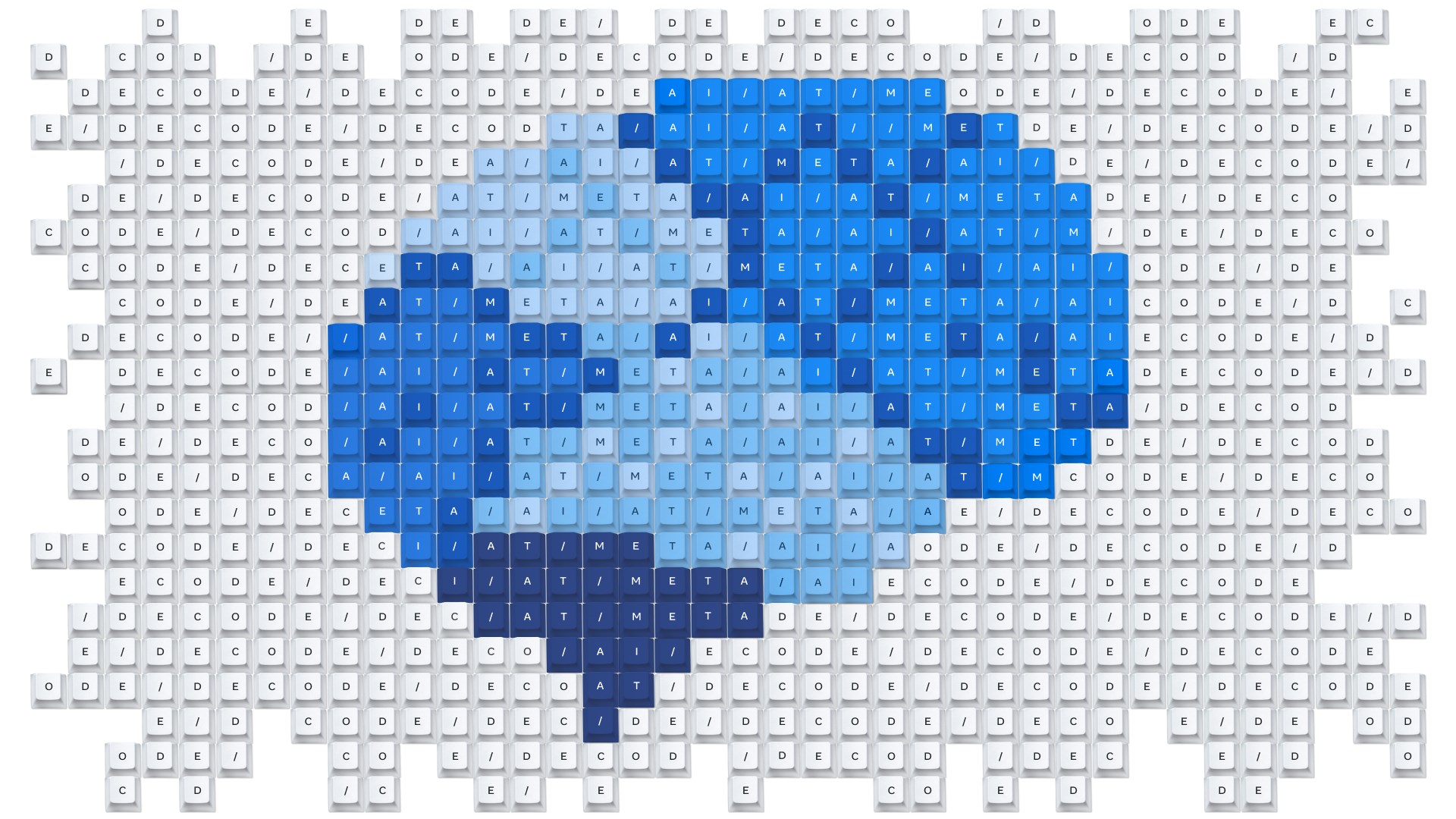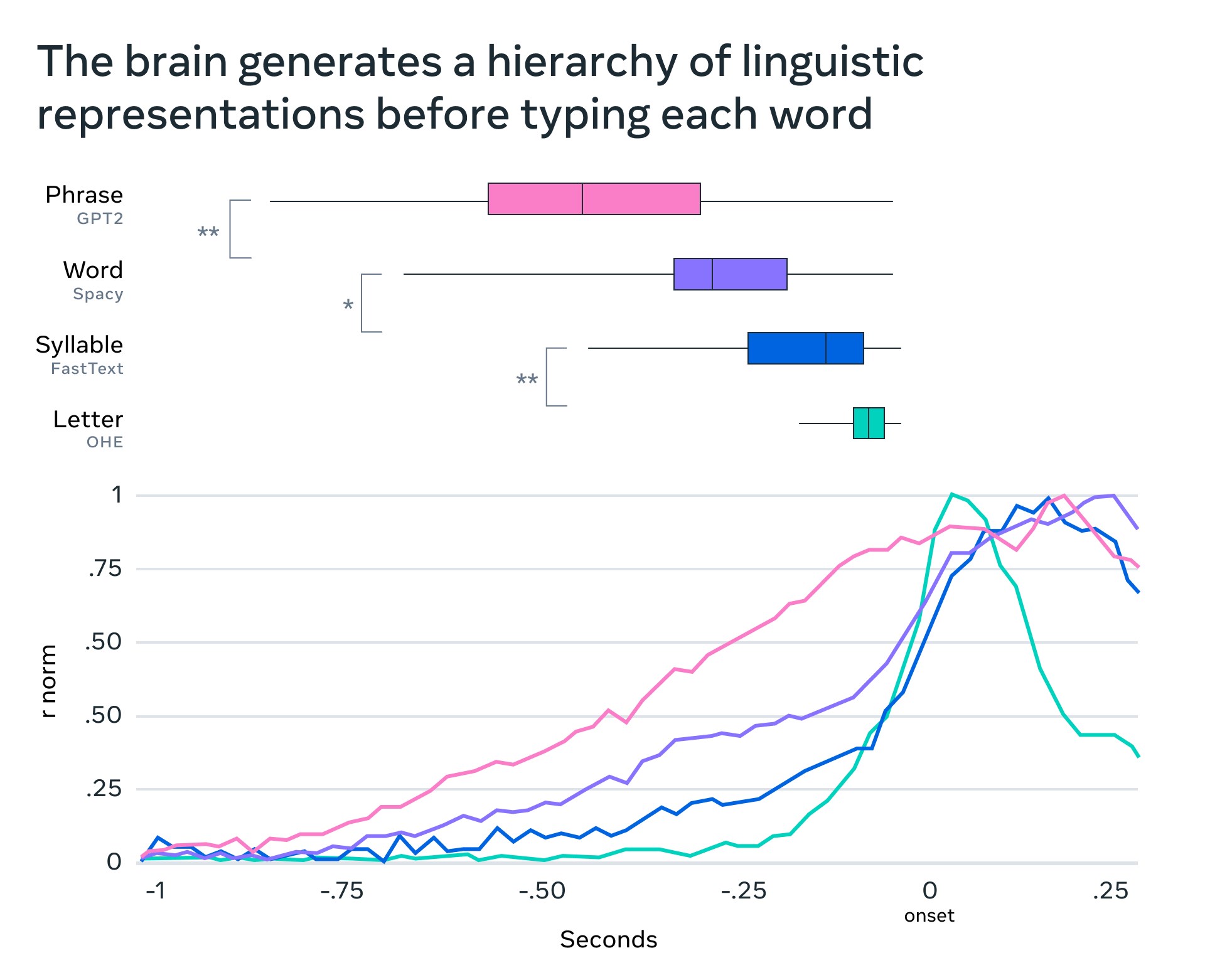 Meta has signed two revolutions to understand human intelligence. Researchers have managed to create artificial intelligence models that can read and interpret the brain signals to reconstruct the sentences written and map the sensitive neural processes that convert thoughts into oral or written words.
Meta has signed two revolutions to understand human intelligence. Researchers have managed to create artificial intelligence models that can read and interpret the brain signals to reconstruct the sentences written and map the sensitive neural processes that convert thoughts into oral or written words.Sentence production from brain activity
The first research shows the ability to solve sentence production with non -invasive brain records. Researchers, 35 healthy volunteers meg and EEG using the brain activity by recording their sentences analyzed.
The research uses a three -piece architecture of a visual encoder, brain encoder and visual analysis. The visual encoder constitutes the rich set of representation of a visual independently with the brain. Then the brain encoder learns Meg signals to align these visual representations. Finally, the visual analysis creates a logical visual based on these brain representations.
The research showed that the AI model could solve 80 percent of the characters written by the participants whose brain activities are recorded with Meg. This result is at least twice as effective than traditional EEG systems. These findings create new opportunities for non-invasive brain-computer interfaces that provide the opportunity to reconstruct communication for individuals who have lost their ability to speak.
Transformation of thoughts into words
The second research was conducted to understand how the brain transforms thoughts into words. The researchers were able to fully identify the moments of the participants’ moments of converting into words, syllables and letters by analyzing the Meg signals of the participants.
This study reveals that the brain produces a series of representations by starting from the most abstract level (meaning of a sentence) and transforming them into certain actions such as finger movements on the keyboard.
 Researchers also discovered that the language processing process of the brain works in a structured and layered way and that a system called “Dynamic Neural Code” connects consecutive thoughts. In other words, the brain not only processes one word, but at the same time keeping a lot of information layer for a long time, making a smooth transition to structured sentences made of abstract thoughts.
Researchers also discovered that the language processing process of the brain works in a structured and layered way and that a system called “Dynamic Neural Code” connects consecutive thoughts. In other words, the brain not only processes one word, but at the same time keeping a lot of information layer for a long time, making a smooth transition to structured sentences made of abstract thoughts.Although technology has great potential, it faces several difficulties for clinical practices. For now, MEG requires subjects to remain inactive in a magnetically protected room. Meg browsers have to be used in a large, expensive and special room, because the magnetic field of the world is stronger than trillions of more than the field in the brain.
Meta aims to overcome these limitations. It will focus on increasing the accuracy and reliability of the analysis process, discovering non -alternative invasive brain imaging techniques that are more practical in daily life, and developing artificial intelligence models that can better interpret complex brain signals. The company also plans to explore potential practices in areas such as health, education and human-computer interaction.